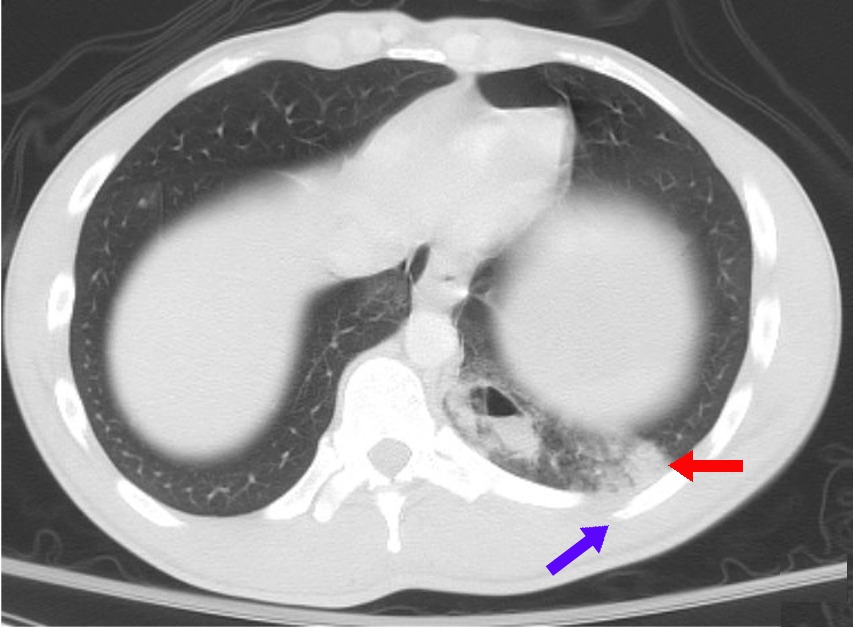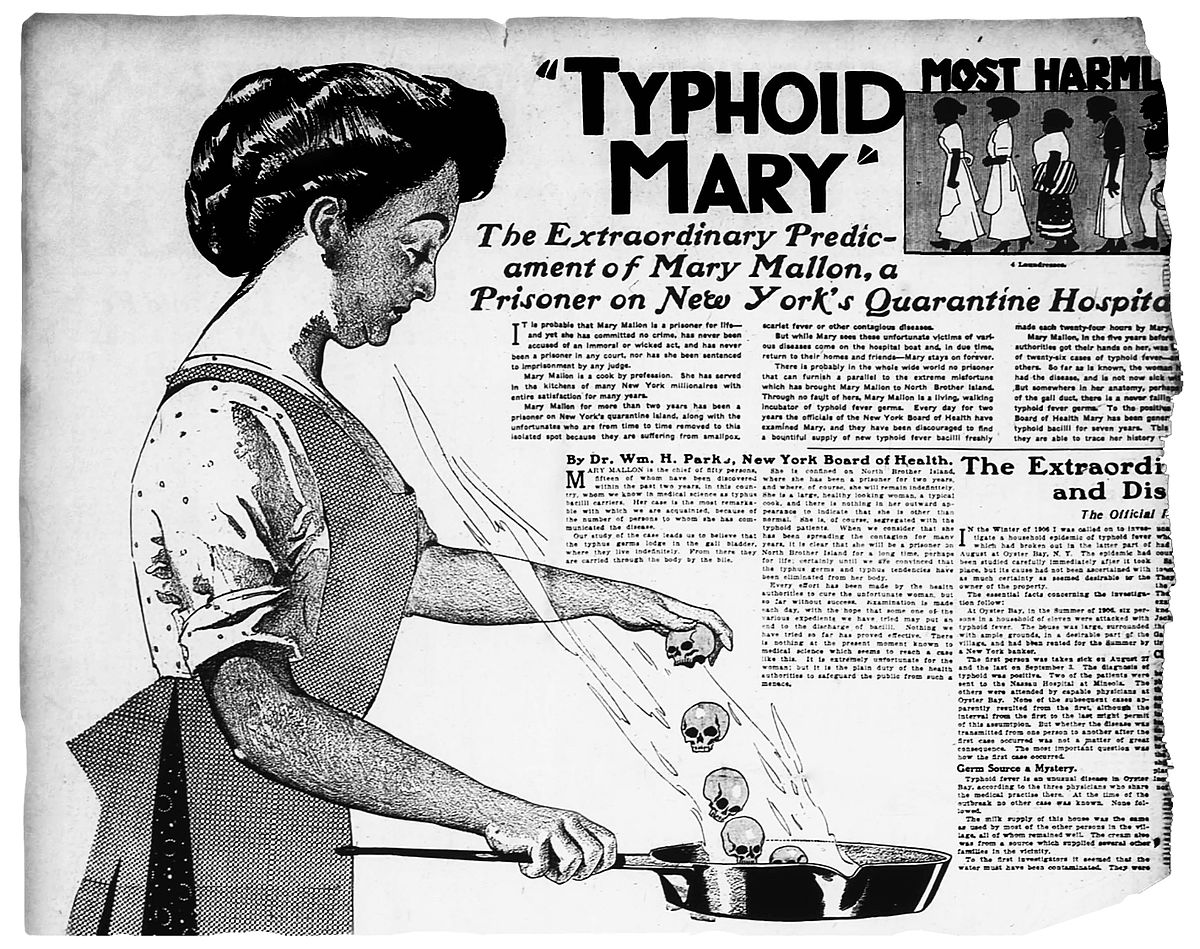Dragonheart
Well-Known Member
- Relationship to Diabetes
- Type 2
You seem to have a real issue about whether diseases can be spread or contagious whilst having no symptoms. What about tuberculosis, HIV/AIDS, herpes, hepatitis, chlamydia ? All can be silent symptom wise yet able to be spread.Have you ever heard of anyone having flu without symptoms?
There‘s even longer lists of asymptomatic diseases in these links - which both include flu by the way as do many other similar lists. Many of these are contagious.

Asymptomatic - Wikipedia

Subclinical infection - Wikipedia
Doesn’t seem so unrealistic that covid could be another does it?




